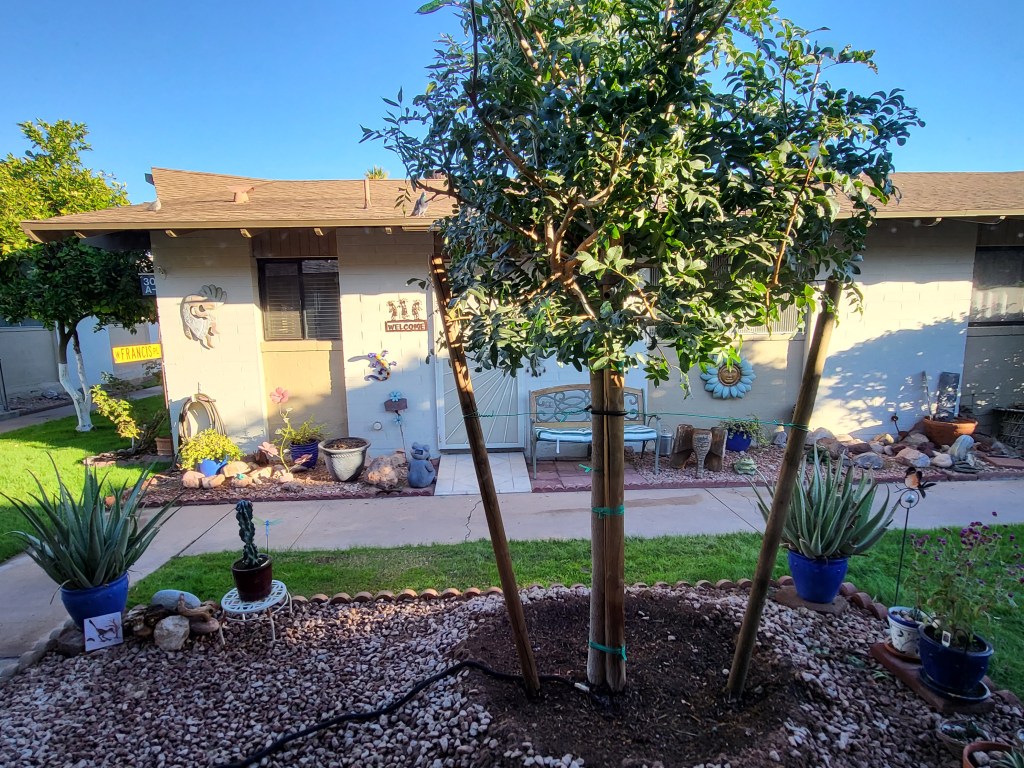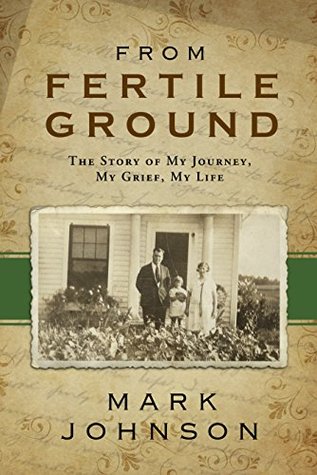Numbers–like true stories that capture a moment on a page–are meaningful.
They aren’t merely markers on the shore of life waiting to be washed away with the next high tide.
They measure our progress. They tell us how far we’ve gone; how much we’ve achieved; how many we’ve accumulated.
My dad loved numbers, especially twin digits. On his fifty-second birthday–December 4, 1965–he wrote a poem about their significance in his life as a twin.
I published Unity 66 and the Twin Digits in the context of my first book. It belongs there, embedded alongside and intertwined with the writings of my grandfather, mother, and me. In its purest form, From Fertile Ground is an immersion into our family’s writing DNA.
Despite Dad’s volatility, he could be an exuberant, charming man. He believed in celebrating life’s mundane and magnificent moments as they happened.
On the road of our family vacations in the late 1960s (from his position behind the wheel of our white, four-door, 1965 Chevy Biscayne sedan), he announced to my mother (in front) and my sister and I (in back) when the odometer of our car was about to reach a milestone.
“Hey kids … we’re about to reach 50,000 miles.”
That was our cue to sing with him like circus clowns dancing to a calliope from the backseat.
“Da da da da … da da da da … da da da, da da … da da … da da da!”
Earlier this week–on April 7, 2024, to be precise–I hit the five hundred books sold mark since February 2016 when I first became a published author.
(If you are one of those who have supported my creative writing pursuits, thank you! I’ll bet there are a five hundred more who’ve read my books free through libraries and Goodreads giveaways I’ve sponsored.)
How do I know? First, I keep track of all my book sales on a spreadsheet I update monthly. Second, my Amazon sales dashboard tells me that someone in the United States bought number 500, my book of poetry, that day.
Of course, these aren’t best-selling numbers. Not even close. I’d need to add a few more zeroes to play with the big leaguers. However, numbers–while important–aren’t necessarily equivalent to quality or creative impact. (If you’ve seen the movie American Fiction, you know what I mean.)
At any rate, for an independent writer operating with a paltry budget, my book sales numbers aren’t too shabby.
Somewhere, on the highway of life and in the universe of creative possibilities, I imagine my father smiling at me from the front seat through the rearview mirror with the wind buffeting his combed-back hair.
He’s gripping the wheel with his left hand, while waving an imaginary conductor’s wand with his right. He’s singing along with the crazy circus music from our 60s family vacations.
Like my husband Tom–last night sitting on the fold out couch in our cozy Arizona den–my father Walter–if he were still alive–would be telling me to keep writing about the things I enjoy.
Because writing, telling, and sharing serendipitous stories is what I was meant to do. No matter what the numbers say.








